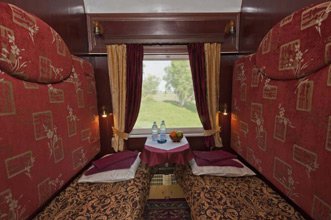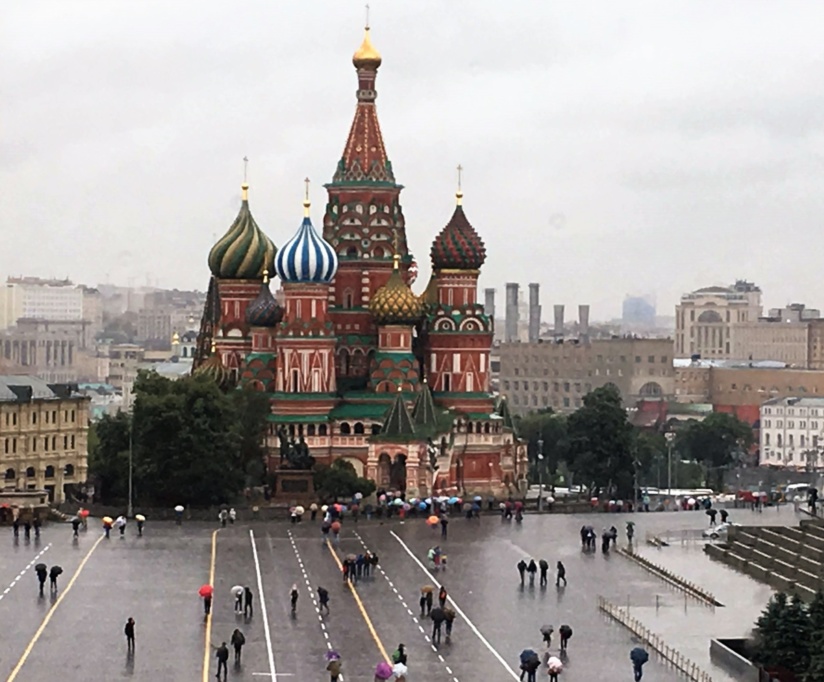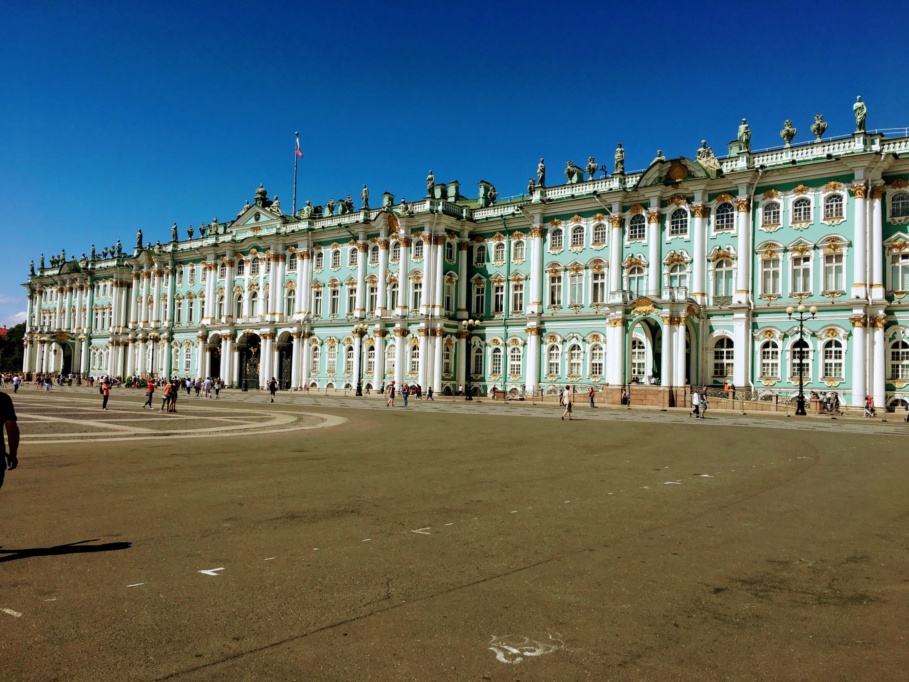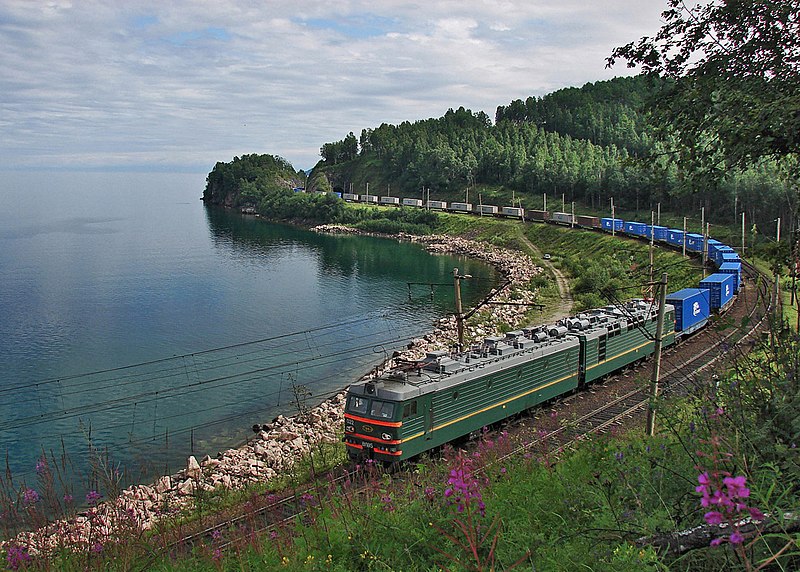How To Travel On The Trans Siberian Railway Russia
How To Travel On The Trans Siberian Railway
Ranked among the most extraordinary train journeys globally, the Trans-Siberian Railway is not merely a singular train but a network of routes crisscrossing Russia, connecting Moscow to Vladivostok or Beijing via Ulaanbaatar. Widely used by locals as their primary mode of traversing the vast expanse of the country, the Trans-Siberian is an authentic glimpse into everyday Russian life. While it captivates tourists with its allure, it’s essential to recognise that it isn’t a dedicated tourist train; rather, it offers an immersive experience, allowing travelers to witness the diverse landscapes and cultural tapestry of Russia.
This epic odyssey unfolds through a mesmerising and varied terrain, making stops in numerous towns and villages along its path. While the classic route starts in Moscow and heads east, opting to undertake the journey “backwards” from Beijing or Vladivostok provides a less-travelled route, allowing for more interactions with locals and a deeper cultural immersion. For those hesitant about spending 6 or 7 consecutive days on a train, the option to break the journey in charming towns across Russia is highly recommended, adding an enriching layer to the experience. Having personally undertaken the Trans-Siberian Railway as part of my mostly overland journey from Mongolia to France, I can attest that it stands out as one of my most cherished travel experiences. In this guide, I’ve compiled insights on how to navigate this remarkable journey.
Chose Your Route
The Trans Siberian
Travelling between Moscow and Vladivostok crossing the entire width of Russia some 9200+ kms. This route takes 7 days and is the longest train trip in the world.
The Trans Mongolian
Travelling between Moscow and Beijing via Ulaanbaatar in Mongolia. If starting the journey in Moscow this route follows the same line as the Trans-Siberian as far as Ulan Ude near Lake Baikal before heading south into Mongolia stopping at Ulaanbaatar and then onto China before finishing the journey in Beijing. Be different and head the other way west to east starting in Beijing. The Trans Mongolian route is the most popular and many claim it to be the most interesting.
The Trans Manchurian
Travelling between Moscow and Beijing through Manchuria China. If starting the journey in Moscow this route follows the same line as the Trans Siberian & Trans Mongolian then travels beyond Ulan Ude to Chita before dropping down into China Manchuria before finishing in Beijing.
A Month By Month Guide
The most popular times to travel on the Trans Siberian Railway is June to September. July and August are the busiest months with train tickets being very busy and tickets selling out.
January and February sees Russia, Mongolia and Northern China are in a deep freeze. Many people make the journey in the dead of winter to experience a Siberian winter.
March and April bring longer days to Russia and China along with melting snow and muddy slush. In Mongolia, there are violent dust and snowstorms and the freezing weather continues well into April.
May In May things begin to warm up and the tourism season begins. In Mongolia, some popular areas such as the Eagle Hunters are still inaccessible due to heavy snow. If you are wanting to pony trek it is best to wait another month as horses will still be weak after a hard winter.
June In June tourist season is in full swing with pleasant weather across the region. A good month for trekking in Mongolia with pleasant day time temperatures. In June White Nights is celebrated on the longest day of the year.
July and August are hot with the temperatures moving into the 40’s Celcius in the Gobi and Russia and China experiencing heat waves. In Mongolia the Naadam Festival is held in July with people travelling from all over the country to attend. During Naadam guesthouses fill up quickly so if travelling to Mongolia in July book ahead. Train tickets prices are at a premium in these months and trains fill quickly so planning and purchasing tickets in advance is necessary.
Sept – December – September brings cool fresh air and milder days before heading back into the depths of winter with freezing cold snowy days and long nights.
Buy Your Ticket
Visas
A word on Visas. Nationals from most countries need a visa to enter and travel in Russia, visit the website of the Russian consulate in your country for more details on applying for a visa.
How To Buy Tickets For The Trans Siberian Railway – Ulanbaaatar To Russia.
You will need to organise your tickets from UB to Russia before you get to Mongolia for visa purposes. To do this you will need to use an agent. We used the good folk at Mongolia Train Tickets who were brilliant. They booked our ticket and emailed us a copy of the booking reference which can be used when applying for a visa. They then met us in UB with the tickets and this is when we paid them. It worked brilliantly.
How To Buy Tickets For The Trans Siberian Railway – Russia.
The Russian Railway website RZD is excellent and in English. You can book tickets directly on the website or download the APP directly from the RZD website and book via that. The APP is handy as it stores your ticket information and if you use an iPhone you can store it to your wallet. Once you create an account with RZD all ticket information will be stored in your APP. Very handy.
When buying tickets you will need all passengers details including passport details.
Your ticket reference details will be emailed to you and you will need to print them out. The document you will receive is called a “Check Coupon” and gives you a reference number that allows you to collect your ticket at a train station.
Once at the station you need to find a ticketing machine where you enter your passport details and ticket reference number and an actual ticket will be generated. If you have booked tickets for multiple people in one booking you will only need to enter 1 name and reference number and all passengers tickets will be generated
There is usually staff at the automatic ticket machines to help although the machine does have an English option and is very simple to use.
Handy Hint: If you are travelling as a couple and are going to be sharing a 4 berth compartment with strangers always book a top and bottom bunk on one side of the compartment. This way you have somewhere to sit through the day and don’t have to sit on someone else’s bunk. I know people who thought they were being clever by booking 2 top bunks giving them privacy …. then spent an uncomfortable 3 days having to sit on someone else’s bunk.
Chose Your Cabin Type
First Class Trans Siberian Railway – Spainy Vagon
First Class has 2 beds in each compartment in either 1 set of bunks or 2 single beds configuration with all linen, blankets and a small towel provided. There is a small drop-down table and storage under the beds or on a shelf above the corridor. There are 9 compartments per carriage and a toilet with a basin at each end of the carriage. There is also a small cabin for the Provodnitsa and a samovar with continuous boiling water.


Second Class Trans Siberian Railway – Kupe
Second Class has 4 beds in each compartment in bunk formation with all linen, blankets and a small towel provided. There is a small drop-down table and storage under the beds or on a shelf above the corridor. There are 9 compartments per carriage and a toilet with a basin at each end of the carriage. There is also a small cabin for the Provodnitsa and a samovar with continuous boiling water.


Third Class Trans Siberian Railway – Platskartny
Third Class is an open dormitory-style carriage with 54 bunk beds with sets of 4 down one side and 2 down the other side with all linen, blankets and a small hand towel provided. There is a toilet with a basin at each end of the carriage. There is also a small cabin for the Provodnitsa and a samovar with continuous boiling water.


Trans Siberian Dining Car
Dining Cars vary from train to train with some offering excellent meals and drinks and others not so much. However, most are good for a cold beer and a tasty snack.
There is no dining car between Ulaanbaatar and Irkutsk so pack supplies.
What to Do At The Station
- Head to the train station with plenty of time to finalise your tickets and board the train.
- Once at the station you will have to pass through security where your bags will be x-rayed and you will pass through a security check-point similar to an airport.
- Make your way to the ticketing area of the station and collect your ticket from the RZD ticket machine, even if you have purchased a check coupon on-line you will still need to print the actual ticket. There is usually staff at the ticket machines to help and the machines have an English option.
- Once you have your ticket make your way to the departure area of the station, often the long haul trains depart from a separate section of the station.
- Once there you can check the departure board for boarding times and that the train is on time. Always used the train number to check the information.
- When your train is called to board make your way to your carriage – the numbers are clearly displayed on the door window. Once at the train your carriage attendant (provodnitsa) will check your ticket and passport and make sure you know which compartment you are in.
- Find your compartment and settle in for an amazing journey
What To Take On The Trans Siberian Railway
- Pack snacks – especially on the Ulaanbaatar – Irkutsk leg where there is no dining car. Instant oats, instant noodles, dried fruit and nuts and crackers are all good suggestions.
- Bring bottled water. Some drinks are usually available from the Provodnitsa or in the dining car it is advisable to bring your own.
- Wet wipes – a quick and easy way to have a bit of a wash.
- Toilet paper – toilet paper is available on the trains however we did have times that it ran out.
- Hand sanitiser
- A cup, small bowl and spoon or spork, we also always travel with a pocket knife.
- Flip flops or slip-on sandals to use on the train.
- Plug for the sink. I personally wouldn’t want to fill up the sink in the toilet cubicles to wash in however some travellers do so if you wish to do this pack a universal plug. Some people carried a small bowl to fill with water to wash in.
- Power Packs – all the trains we travelled on had 2 power points from which devices can be charged however carrying a power bank is also a good idea.
- Correct train etiquette is to strip the sheets from your bed and take them to the Provodnitsa before leaving the train.
Can I Get Off?
Certainly! You can get off the Trans-Siberian Railway in Krasnoyarsk instead of Ulan-Ude. Krasnoyarsk is a vibrant city with a lot to offer, including beautiful natural landscapes like the Stolby Nature Reserve and the Yenisei River. It’s a great spot to explore the heart of Siberia and enjoy a mix of urban and natural attractions. Here are some suggestions where to get off.
Ulaanbaatar
Ulaanbaatar, or UB is the capital of Mongolia and the jumping off point to the Gobi Desert, the Eagle Hunters and Reindeer herders both in the north.
Ulaanbaatar has been given a bad wrap in the past for being polluted and not terribly interesting. The pollution is most evident in the winter months when people burn coal for heating so if you are visiting in the late spring or summer it should not be a problem.
We were in UB in May and enjoyed our time there very much eating some great food and visiting the sites around town.
Irkutsk
Irkutsk is a popular stopping point as it is the gateway to the beautiful Lake Baikal.
Irkutsk has stunning architecture that is unique to the area and some interesting museums and points of interest.
Despite Irkutsk having a bit of a frontier town feel we found a lively bar and restaurant scene and enjoyed some tasty food.
Irkutsk has an excellent public transport system and is easy to get around.
Irkutsk is definitely worth spending a couple of days in.
Lake Baikal
Lake Baikal is absolutely drop dead gorgeous. Picture towering snow capped mountains plunging into a crystal clear lake and you have Lake Baikal.
Most visitors travel to either the small lake side town of Lystvanka or Olkon Island both of which are easy to get to from Irkutsk by mini van.
The Russian Government has recently announced it will be limiting the numbers of visitors to the lake as the it is at risk of becoming polluted due to over tourism and poor waste management practices by local business’.
Krasnoyarsk
Krasnoyarsk is a very pleasant town on the Yenisei River in Eastern Siberia.Along the river is a pretty park and numerous restaurants and bars.
Krasnoyarsk is known for the Stolby Nature Sanctuary a large forest which is home to volcanic rock pillars called Stolby.
Tick born encephalitis, which can be fatal, is a serious problem in Eastern Siberia during spring so be extremely wary of venturing into forests or wooded areas during this time.
Bus run from immediately out the front of the Krasnoyarsk Train Station.
Novosibirsk
Novosibirsk is the capital of Siberia and a large bustling university town.
It has some interesting architecture an excellent restaurant scene and good shopping.
Like all Russian towns we visited it has a very efficient public transport system.
Buses and Trolley cars run from immediately outside the Train Station.
Read the full Novosibirsk Travel Guide
Yekaterinburg
Yekaterinburg in the Urals sits on the border of the Asian and European continents.
While probably being most famous for being the place the last Tsarist family were shot to death by the Bolsheviks in 1918. Yekaterinburg has a wealth of other history and is a beautiful city to visit.
Yekaterinburg is Russia’s 4th largest city and with that comes a bustling restaurant scene, excellent public transport and an international airport.
Moscow
Moscow is either the beginning or the end of this epic journey.
You will need a good 4 or so days to just scratch the surface of this epic city.
My favourite sights were
- The Metro
- Red Square
- GUM Department Store
- Kremlin



